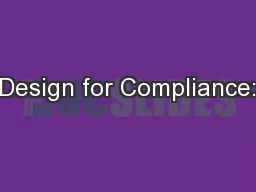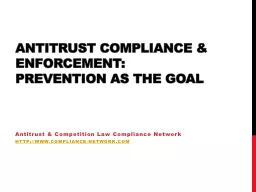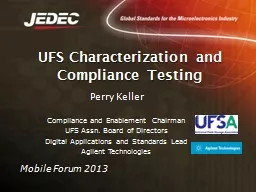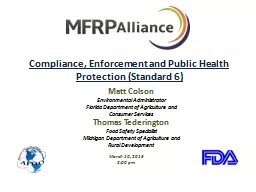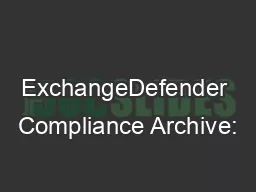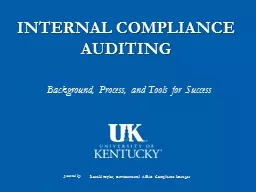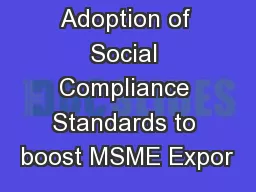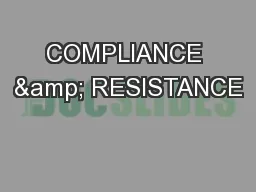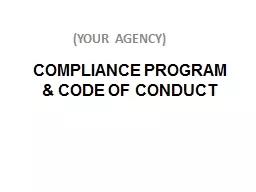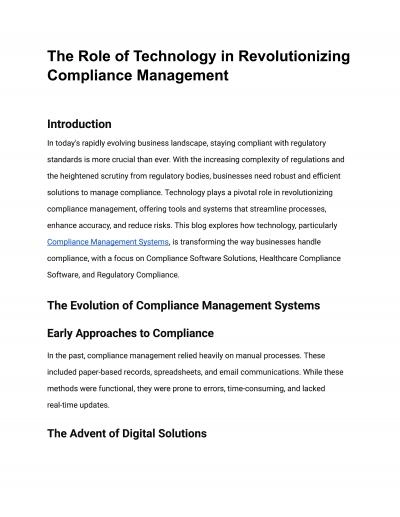PPT-Design for Compliance:
Author : stefany-barnette | Published Date : 2017-06-13
Why Bother Shock Equipment Fire NonElectrical Semiconductor Eric Sklar Principal Safety Guru LLC sklarsafetygurucom 11 April 2016 Eric Sklar 11 April 2016 2016
Presentation Embed Code
Download Presentation
Download Presentation The PPT/PDF document "Design for Compliance:" is the property of its rightful owner. Permission is granted to download and print the materials on this website for personal, non-commercial use only, and to display it on your personal computer provided you do not modify the materials and that you retain all copyright notices contained in the materials. By downloading content from our website, you accept the terms of this agreement.
Design for Compliance:: Transcript
Download Rules Of Document
"Design for Compliance:"The content belongs to its owner. You may download and print it for personal use, without modification, and keep all copyright notices. By downloading, you agree to these terms.
Related Documents

